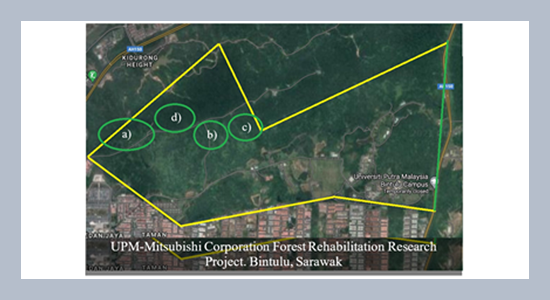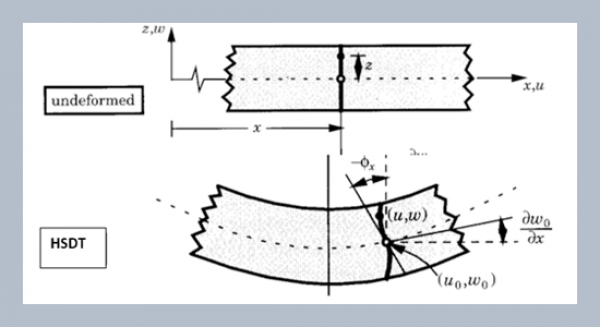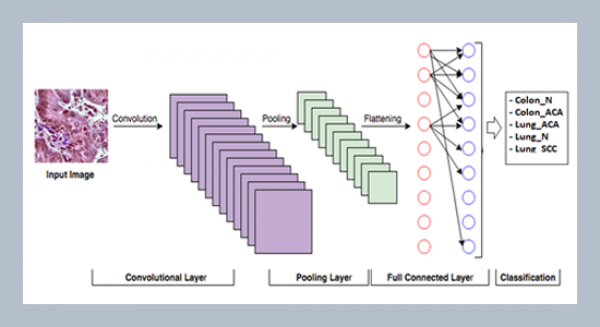Muhamad Khairulamiin Md Taha1, Azham Mohamad2*, Intan Soraya Che Sulaiman3, Isharudin Md Isa4, Mohd Nizar Khairuddin5 1 Department of Crop Science, Faculty of Agriculture and Food Sciences, Universiti Putra Malaysia Bintulu Campus, 97008 Bintulu, Sarawak, Malaysia 2 Centre of Foundation Studies for Agricultural Science, Universiti Putra Malaysia, 43400 UPM Serdang, Selangor, Malaysia 3 Faculty of Applied Sciences, Universiti Technologi Mara, Perlis Branch, Arau Campus, 02600, Arau, Perlis, Malaysia 4 Department of Crop Science, Faculty of Agriculture, Universiti Putra Malaysia, 43400 UPM Serdang, Selangor, Malaysia 5 Department of Statistics, FGV R&D Sdn. Bhd., Tun Razak Center of Agriculture Research, 26400 Bandar Tun Abdul Razak Jengka, Malaysia
Download Citation:
|
Download PDF
Recovery of soil organic matter and mineral nutrient cycling are critical to the success of rehabilitation process of replanted forest. We investigated the dynamic changes in soil of selected physicochemical properties including organic carbon (C), nitrogen (N), phosphorus (P) and sulphur (S) of replanted forest rehabilitation that had been previously disturbed by anthropogenic activities. Soil samples were collected from the rehabilitated forest of three ages stands (3-, 12- and 23-years old) while samples from adjacent secondary forest was collected for comparison. Altogether, 36 samples were taken randomly with a soil auger at depths of 0-20 cm from a plot of 20 × 20 m2 at each site. Soils were analyzed for pH, bulk density, C, N, P and S. The data obtained were statistically analyzed using ANOVA with Tukey’s test performed by SAS 9.2 at P ≤ 0.05. Results showed that total C, N, P, C/N ratio and C/S ratio increased with age of rehabilitated forest except for pH, S and C/P ratio. Forest rehabilitation by planting indigenous tree species has shown a potential of recovery, but further investigation into the process control of the dynamic changes of soil physicochemical properties, particularly in the event of further ecosystem disturbance is needed.ABSTRACT
Keywords:
Forest resilience, Soil carbon, Replanted tropical forest.
Share this article with your colleagues
REFERENCES
ARTICLE INFORMATION
Received:
2021-07-14
Revised:
2022-06-08
Accepted:
2022-07-18
Available Online:
2022-11-28
Taha, M.K.M., Mohamad, A., Sulaiman, I.S.C., Isa, I.M., Khairuddin, M.N. Monitoring soil resilience via the dynamic changes of selected physicochemical properties of soil in a tropical rehabilitated forest. International Journal of Applied Science and Engineering, 19, 2021267. https://doi.org/10.6703/IJASE.202212_19(4).005
Cite this article:
Copyright The Author(s). This is an open access article distributed under the terms of the Creative Commons Attribution License (CC BY 4.0), which permits unrestricted use, distribution, and reproduction in any medium, provided the original author and source are cited.















